How to Start a Sustainable Garden
- February 13, 2024
- 0 comment
Starting a sustainable garden involves selecting a suitable location with ample sunlight and good soil, and then enriching the soil with organic matter like compost. Choose native plants that require less maintenance and are beneficial for local wildlife. Employ water-conserving techniques such as drip irrigation and practice organic pest management to maintain a healthy, eco-friendly garden. This approach not only promotes a thriving garden but also contributes positively to the local ecosystem.
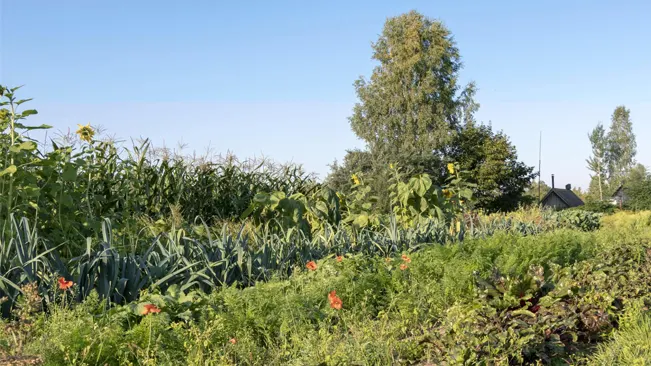
Understand Sustainable Gardening
Sustainable gardening involves practices that do not harm the environment and which contribute to a natural ecological balance. It includes using natural means to grow plants, reducing waste, conserving resources, and maintaining a garden that is in harmony with its local ecosystem.
Choose the Right Location
Select a spot in your yard that receives adequate sunlight (6-8 hours for most vegetables), has good air circulation, and is close to a water source. Avoid low spots that can become waterlogged.
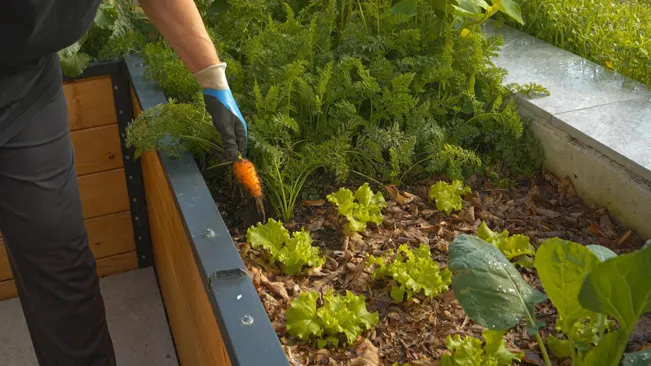
Adequate Sunlight
- Importance of Sunlight: Most vegetable and fruit plants require a good amount of sunlight to thrive. Sunlight is essential for photosynthesis, the process by which plants make their food.
- Assessing Sunlight: Observe different areas of your yard throughout the day to determine which parts receive the optimal 6-8 hours of sunlight. Keep in mind that the sun’s path changes slightly with the seasons, so what may be a sunny spot in summer could be shaded in other times of the year.
Good Air Circulation
- Benefits of Air Circulation: Proper air movement helps prevent the buildup of fungal diseases, which thrive in stagnant, humid conditions. It also aids in pollination and strengthens plants against wind.
- How to Ensure Good Air Circulation: Avoid overly crowded planting, and if you have fences or walls, ensure there’s enough space for air to move through. Avoid planting in narrow alleyways or tightly enclosed spaces.
Proximity to Water Source
- Ease of Watering: Having a water source nearby is essential for the convenience of watering your garden. Lugging water over long distances can become a tedious chore.
- Watering Systems: If possible, consider setting up a rain barrel to collect rainwater or installing a drip irrigation system for efficiency and water conservation.
Drainage and Avoidance of Low Spots
- Why Drainage Matters: Good drainage is essential to prevent root rot and other water-related diseases. Plants generally don’t like to sit in waterlogged soil.
- Identifying Low Spots: Look for areas in your yard where water tends to accumulate after rain. These spots are not ideal for a garden. If your heart is set on a particular area, consider raised beds or improving drainage in that spot.
Test and Improve Your Soil
Healthy soil is the foundation of a sustainable garden. Have your soil tested for pH and nutrient levels. Improve soil quality by adding organic matter like compost, which provides nutrients, improves soil structure, and enhances moisture retention.
Understanding Soil Health
Soil Composition
Soil is composed of minerals, organic matter, air, and water. The balance of these components affects soil health and plant growth.
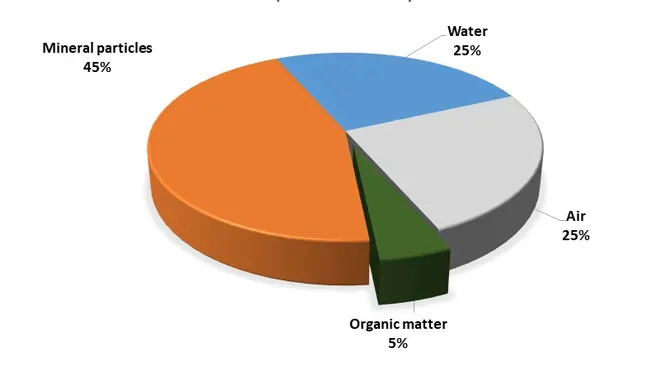
Soil Texture
This refers to the size of soil particles and can range from clay (very fine particles) to sand (coarse particles). Loam, a mix of sand, silt, and clay, is often considered ideal for gardening.
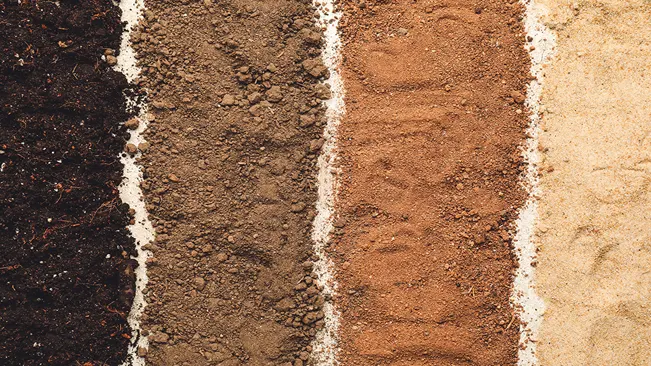
Soil Testing
- Why Test Soil? Testing reveals the pH level and nutrient composition of your soil, helping you understand what your soil may lack or have in excess.
- pH Levels: Most plants prefer a pH between 6 and 7.5. A pH outside this range can inhibit a plant’s ability to absorb nutrients.
- Nutrient Levels: Key nutrients include nitrogen (N), phosphorus (P), and potassium (K), often referred to as NPK. Testing also identifies levels of other essential minerals like calcium, magnesium, and sulfur.
- Testing Methods: You can use a home testing kit or send a soil sample to a local extension service or private lab for more detailed analysis.
Improving Soil Quality
- Organic Matter: Adding compost, aged manure, leaf mold, or green manure (cover crops) boosts organic content, improves soil structure, and enhances nutrient availability.
- Composting: Kitchen scraps, yard trimmings, and other organic waste can be composted. This not only enriches the soil but also reduces landfill waste.
- Mulching: Mulch with organic materials (e.g., straw, wood chips) to conserve moisture, regulate soil temperature, and add nutrients as they decompose.
- Adjusting pH: If soil is too acidic, add lime; if it’s too alkaline, add sulfur or peat moss to adjust the pH level.
- Crop Rotation: Rotate crops annually to prevent nutrient depletion and build soil health.
Enhancing Soil Structure
- Aeration: Loosen the soil to improve air circulation and water absorption. Avoid compacting soil by not walking on your planting beds.
- Water Retention: Organic matter helps retain water in the soil, reducing the need for frequent watering.
- Worms and Microorganisms: These play a vital role in creating a healthy soil ecosystem. Their activities help decompose organic matter, aerate the soil, and make nutrients more available to plants.
Long-Term Soil Care
- Regular Testing: Test your soil every few years to monitor its condition and make necessary adjustments.
- Avoid Chemicals: Minimize the use of chemical fertilizers, which can disrupt the natural soil biology and lead to nutrient imbalances.
- Cover Crops: Grow cover crops during the off-season. They prevent erosion, add organic matter, and can fix nitrogen in the soil.
Use Local, Native Plants
Choose plants that are native to your area as they are adapted to local conditions and require less maintenance. Native plants also support local wildlife, including pollinators like bees and butterflies.

Why Choose Local, Native Plants?
- Adaptation to Local Conditions: Native plants have evolved and adapted to your area’s specific climate, soil, and environmental conditions. This makes them more resilient to local weather extremes, diseases, and pests compared to non-native species.
- Low Maintenance: Since they are adapted to local conditions, native plants generally require less water, fewer fertilizers, and minimal care compared to exotic plants, making them more sustainable and easier to maintain.
- Biodiversity and Ecosystem Support: Native plants play a critical role in supporting local ecosystems. They provide essential habitats and food sources for native wildlife, including birds, bees, butterflies, and other beneficial insects. This biodiversity is crucial for maintaining a balanced and healthy ecosystem.
- Pollinator-Friendly: Many native plants are excellent sources of nectar and pollen for local pollinators. With pollinator populations declining globally, planting native species can help support bees, butterflies, and other pollinating insects vital for a healthy environment.
- Water Conservation: Native plants are generally more drought-resistant, reducing the need for irrigation. This not only conserves water but also helps in reducing your garden’s water footprint.
- Natural Pest Control: Native plants often attract beneficial insects that act as natural pest controllers, reducing the need for chemical pesticides.
How to Choose and Use Native Plants in Your Garden
- Research Local Flora: Start by researching the native plants of your region. Local botanical gardens, university extension services, and native plant societies are excellent resources for this information.
- Assess Your Garden Conditions: Match the native plants to your specific garden conditions – consider factors like sunlight, soil type, and moisture level.
- Plant Diversity: Choose a variety of plants to create a diverse ecosystem in your garden. Include species that bloom at different times of the year to provide continuous support to wildlife.
- Source Responsibly: Purchase native plants from reputable nurseries that specialize in local species. Avoid wild harvesting, which can harm natural ecosystems.
- Create Habitats: Consider designing your garden to mimic natural habitats. For example, a meadow-like setting with native grasses and wildflowers can attract and support a variety of wildlife.
- Use Native Trees and Shrubs: Native trees and shrubs provide essential shelter and food for birds and other wildlife. They can also act as natural windbreaks and shade providers.
- Maintenance and Care: While native plants are generally low-maintenance, they still require some care, especially during establishment. Regular weeding and occasional pruning may be necessary.
Conserve Water
Use water wisely by employing drip irrigation or soaker hoses, which deliver water directly to the roots and reduce evaporation. Collecting rainwater in barrels is another excellent way to conserve water and reduce your environmental footprint.
Drip Irrigation
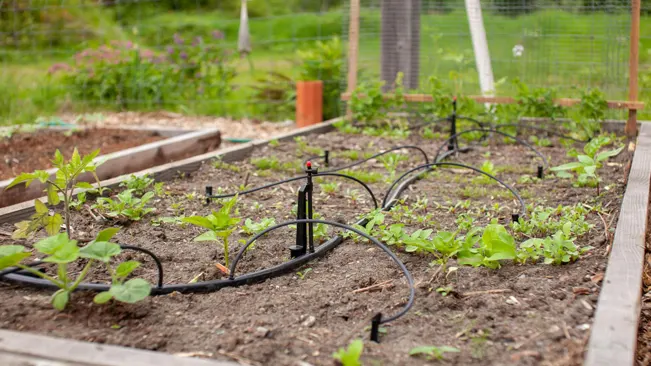
- Efficiency: Drip irrigation is highly efficient as it delivers water directly to the plant’s roots, minimizing water loss due to evaporation and runoff.
- Installation: It involves laying a network of tubes or hoses with emitters near each plant. This system can be customized based on the layout and size of your garden.
- Water Savings: Drip systems can save up to 50% more water compared to traditional watering methods like sprinklers.
- Root Health: By providing a slow and steady supply of water directly to the roots, this method encourages deeper root growth, leading to healthier and more drought-resistant plants.
Soaker Hoses
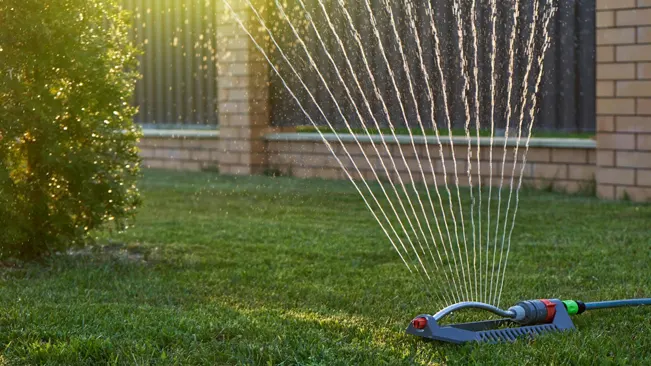
- Design: Soaker hoses are porous hoses that allow water to seep out slowly along their length. They can be laid on the soil surface or buried under mulch.
- Uniform Watering: They provide uniform watering along garden beds, making them ideal for rows of plants.
- Water Conservation: Like drip irrigation, soaker hoses significantly reduce water waste and evaporation.
- Ease of Use: They are easier to set up compared to drip systems and can be connected to a regular garden hose.
Collecting Rainwater
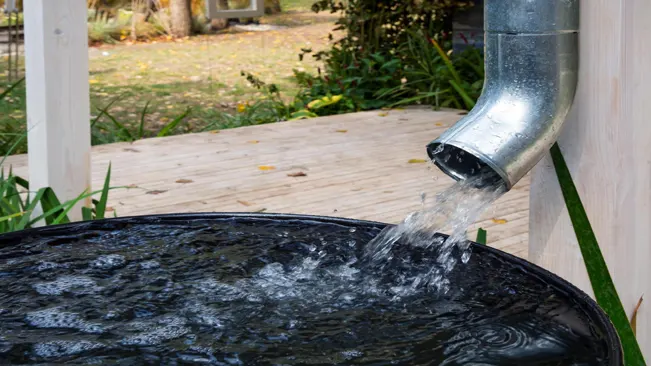
- Rain Barrels: Installing rain barrels is a simple and effective way to collect and store rainwater from your roof via gutters and downspouts.
- Water Quality: Rainwater is generally free of the salts, minerals, and chemicals found in tap water, which makes it healthier for plants.
- Reduction in Water Bills: Using stored rainwater can significantly reduce your water bills and reliance on municipal water.
- Environmental Impact: Collecting rainwater reduces runoff, which can carry pollutants and erode soils.
Practice Organic Pest Management
Avoid chemical pesticides and fertilizers. Use organic methods like companion planting, natural predators, and barriers to control pests. Encourage beneficial insects that prey on pests.
Companion Planting
Companion planting involves strategically placing plants that benefit each other close together. Some plants can deter pests naturally, while others can attract beneficial insects.
Marigolds
These flowers are known to repel nematodes and other garden pests.
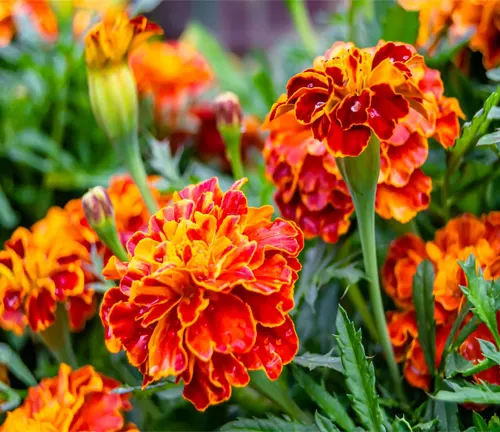
Basil
This herb can deter mosquitoes and flies, and is often planted near tomatoes to improve their growth.
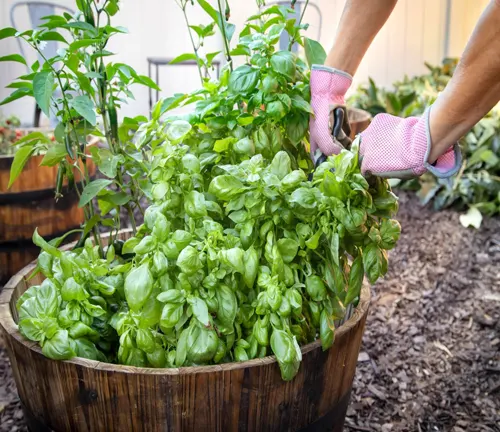
Nasturtiums
They are effective at repelling aphids and can be planted near crops that are susceptible to aphid attacks.

Natural Predators
Encouraging natural predators in your garden is a great way to control pest populations.
Ladybugs
They feed on aphids, mites, and other small insects.

Birds
Setting up bird feeders or houses can attract birds that prey on various garden pests.
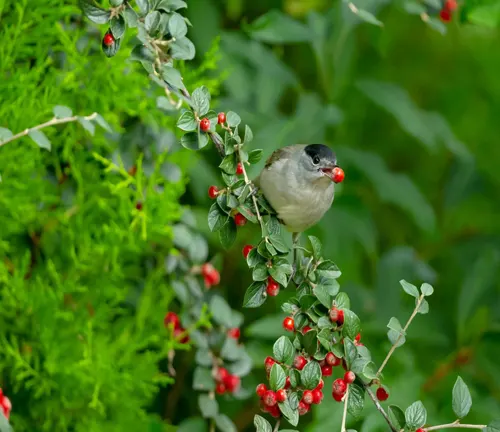
Praying Mantises
These insects are natural predators to many harmful pests.

Barriers and Traps
Physical barriers can prevent pests from reaching your plants:
Row Covers
Lightweight fabric can be draped over plants to protect them from insects, while still allowing sunlight and rain to penetrate.
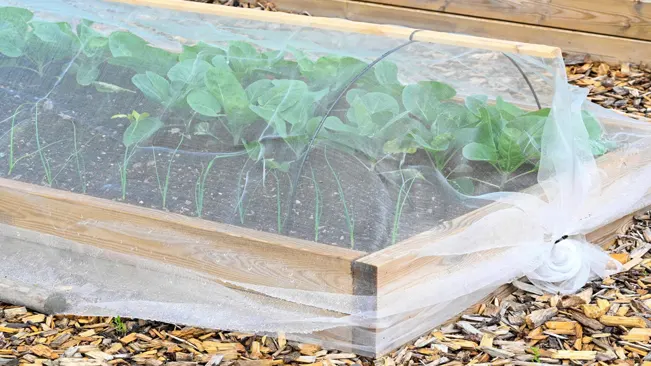
Sticky Traps
These can catch and monitor the presence of pests like aphids and whiteflies.
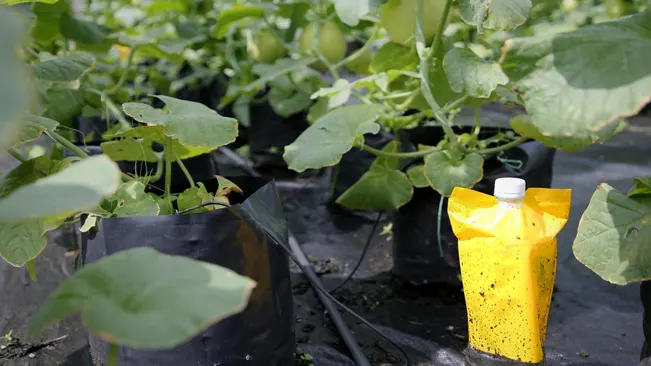
Beneficial Insects
Bees
Essential for pollination, planting a variety of flowers can help attract bees.

Earthworms
They are great for the soil, helping with aeration and nutrient distribution.
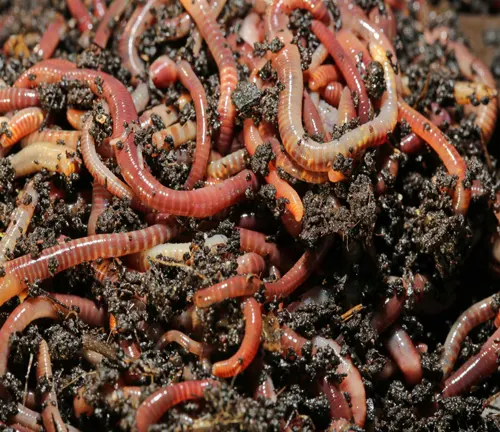
Organic Pesticides
Neem Oil
A natural pesticide that works against a wide variety of pests.
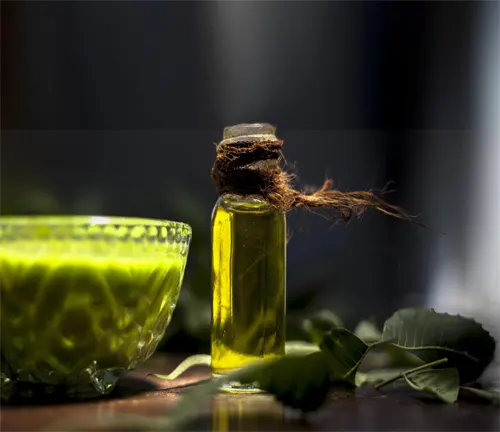
Insecticidal Soaps
Effective against soft-bodied insects like aphids, but safe for beneficial insects when used correctly.
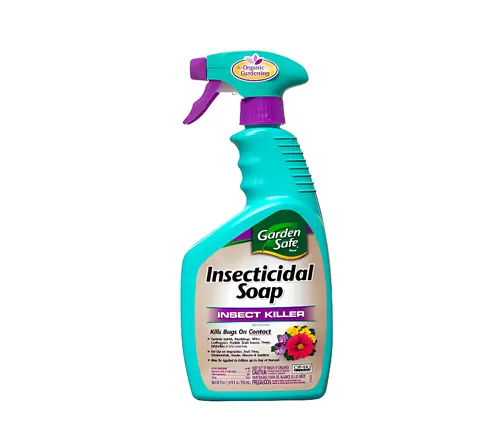
Compost Your Waste
Composting kitchen and garden waste reduces landfill waste and provides you with rich organic material to add back into your garden. It’s a key component of the sustainable gardening cycle.
What is Composting?
Composting is a natural process that turns organic material like leaves, vegetable scraps, and garden trimmings into a dark, earthy, soil-like material called compost. This process is facilitated by microorganisms such as bacteria and fungi, along with larger organisms like worms and insects, which break down the organic matter.
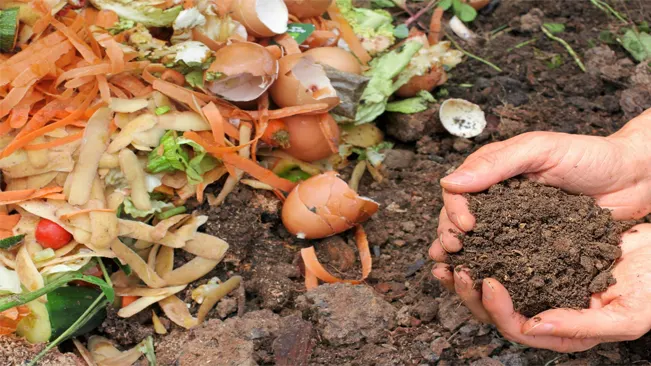
Benefits of Composting
- Improves Soil Quality
Compost enriches the soil with nutrients and improves its structure, which enhances plant growth. - Reduces Waste
Composting diverts organic waste from landfills, reducing methane emissions, a potent greenhouse gas. - Saves Money
By producing your own compost, you reduce the need to buy commercial soil amendments and fertilizers. - Water Conservation
Compost helps the soil retain moisture, reducing the need for frequent watering. - Encourages Beneficial Microorganisms
A healthy compost pile fosters beneficial bacteria and fungi essential for nutrient-rich soil.
How to Start Composting
Choose a Compost Bin or Area
You can use a store-bought compost bin or simply designate a corner of your yard. Make sure it’s easily accessible and has good air circulation.
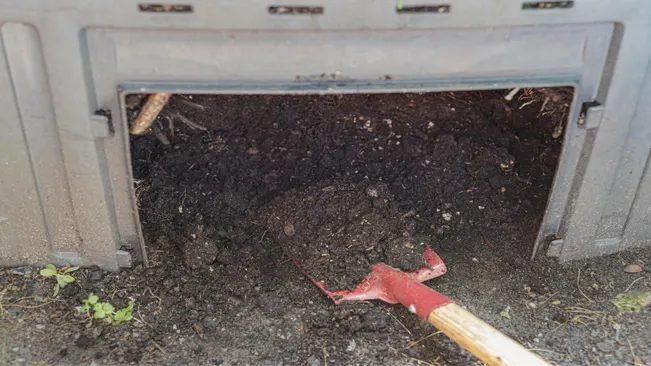
Balance Green and Brown Materials
Composting requires a balance of nitrogen-rich green materials (like vegetable scraps, coffee grounds, and grass clippings) and carbon-rich brown materials (like dry leaves, straw, and cardboard). A general guideline is to use a 1:3 ratio of green to brown materials.
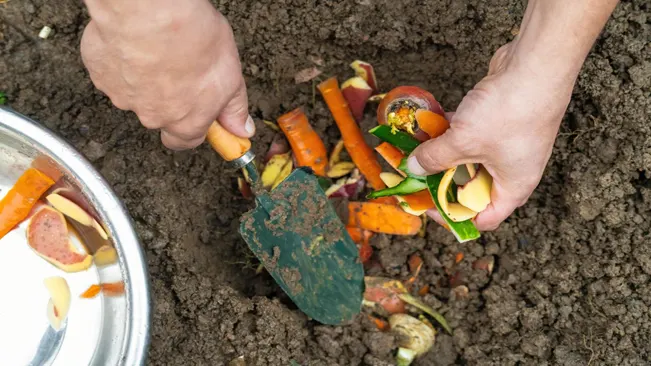
Layer Your Compost
Start with a layer of brown materials, add a layer of green materials, and then a thin layer of soil. Repeat these layers as you add more materials.
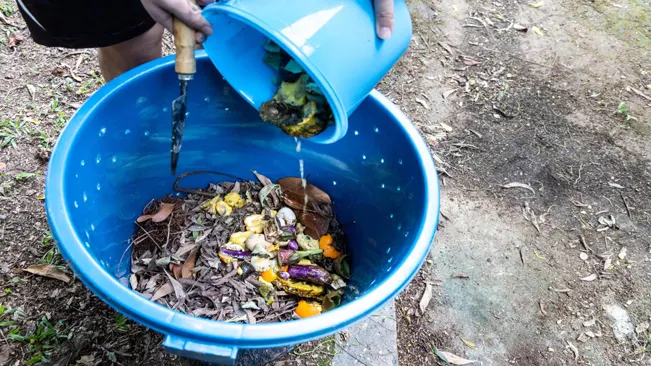
- Maintain Moisture and Aeration
Keep your compost pile as moist as a wrung-out sponge. Turn it every few weeks to aerate it, which speeds up the composting process and prevents odor.
Know What to Compost
Fruit and vegetable scraps, coffee grounds, eggshells, grass clippings, leaves, and small branches are great for composting. Avoid meat, dairy products, diseased plants, and pet wastes as they can attract pests and cause diseases.
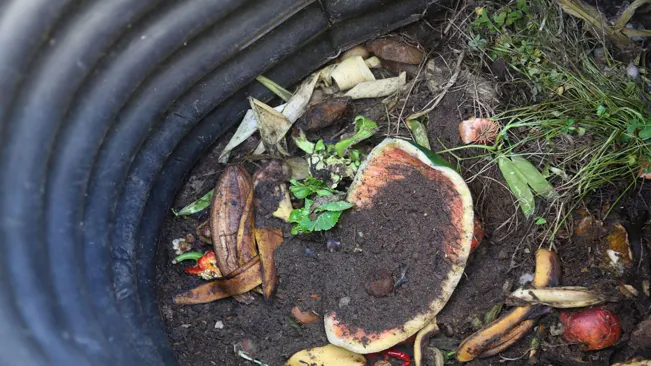
Harvesting Your Compost
Depending on the conditions, compost can take anywhere from a few months to a year to mature. You’ll know it’s ready when it’s dark, crumbly, and has an earthy smell.
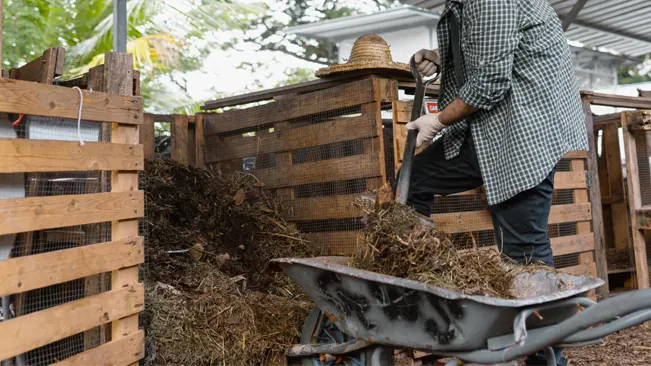
Mulch to Control Weeds and Conserve Moisture
Mulching with organic materials like straw, grass clippings, or bark helps to suppress weeds, conserve soil moisture, and add nutrients back into the soil as they decompose.
What is Mulch?
Mulch refers to a layer of material applied to the surface of the soil. It can be organic or inorganic. Organic mulches, like straw, grass clippings, bark, wood chips, and compost, are derived from natural materials and decompose over time, enriching the soil. Inorganic mulches include rocks, gravel, and black plastic, and they don’t improve soil structure or fertility but can be effective in certain applications.
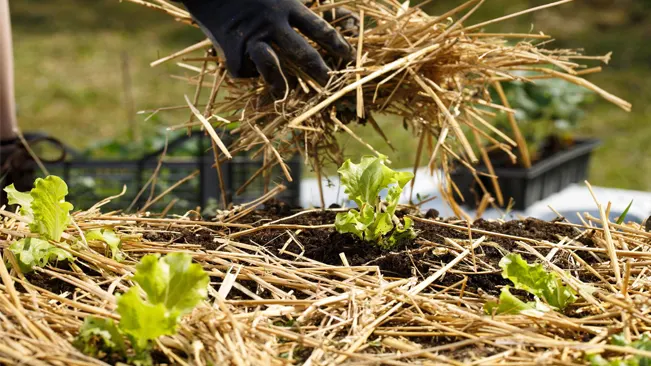
Benefits of Mulching
- Weed Suppression: Mulch acts as a physical barrier, blocking sunlight from reaching weed seeds, thereby preventing their germination. Fewer weeds mean less competition for nutrients and water for your plants.
- Moisture Conservation: By covering the soil, mulch reduces evaporation from the soil surface. This helps in keeping the soil moist for a longer period, which is especially beneficial during dry spells and reduces the need for frequent watering.
- Soil Temperature Regulation: Mulch acts as an insulator. It keeps the soil cooler in the summer and warmer in the winter, providing a more stable environment for plant roots.
- Soil Fertility Improvement: As organic mulches decompose, they add valuable nutrients back into the soil, enhancing its fertility and structure. This is particularly beneficial for improving heavy clay soils or enriching nutrient-depleted soils.
- Prevention of Soil Erosion: Mulch helps to protect the soil from erosion caused by wind and water, especially in areas prone to heavy rains or slopes.
How to Apply Mulch
- Depth
Apply a layer of mulch that is 2 to 4 inches deep. Too little won’t effectively suppress weeds or retain moisture, while too much can suffocate plant roots and invite pests. - Timing
The best time to mulch is late spring after the soil has warmed up. Mulching too early can slow the warming process, which is vital for the growth of many plants. - Placement
Keep mulch a few inches away from plant stems and tree trunks to prevent rot and pest infestations.
Choosing the Right Mulch
Straw and Grass Clippings
Great for vegetable gardens. They are light, easy to apply, and decompose quickly, adding organic matter to the soil.
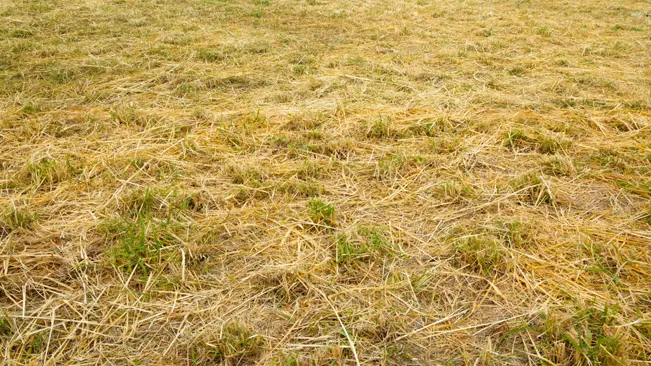
Bark and Wood Chips
Ideal for ornamental plants and around trees and shrubs. They decompose slower and provide a longer-lasting cover.
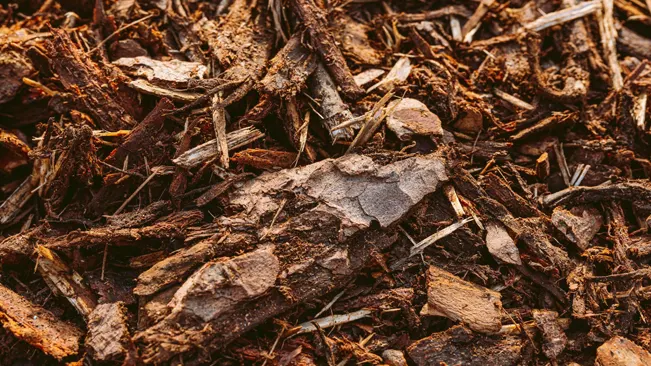
Compost
Can be used as a mulch or mixed into the soil. It’s rich in nutrients and beneficial microorganisms.

Rotate Crops and Practice Intercropping
Rotating crops and planting a variety of species each year can help prevent soil depletion and control pests and diseases. Intercropping, or growing complementary plants together, can also enhance soil health and biodiversity.

Crop Rotation
Crop rotation involves changing the type of crops grown in a particular area of the garden each season or year. This practice has several benefits:
- Nutrient Management
Different plants have varying nutrient requirements. Some, like legumes (beans, peas), fix nitrogen in the soil, while others, like corn, are heavy nitrogen feeders. Rotating crops helps maintain a balance in soil nutrients. - Pest and Disease Control
Many pests and diseases are specific to certain plant families. By rotating crops, you break the life cycle of these pests and diseases, reducing their presence in the garden. - Weed Suppression
Different crops have different growth habits and can outcompete or suppress different types of weeds. - Soil Structure Improvement
Different root systems have varying effects on soil structure. Rotating deep-rooted and shallow-rooted plants can help maintain a healthy soil structure.
Intercropping
- Complementary Resource Use
Different plants have different growth patterns and resource needs. Growing them together can maximize the use of space, sunlight, and nutrients. For example, tall plants can provide shade for more shade-tolerant, low-growing plants. - Pest and Disease Deterrence
Certain plant combinations can deter pests or attract beneficial insects that prey on pests. This method of natural pest control reduces the need for chemical pesticides. - Improved Biodiversity
A variety of plants in the garden supports a wider range of beneficial insects and soil organisms, contributing to overall garden health. - Enhanced Pollination
Having a diverse array of plants flowering at different times can attract and support a variety of pollinators, which is beneficial for the garden ecosystem.
Implementing Rotation and Intercropping
- Plan Your Garden Layout: Keep a garden diary or map to track what you plant and where, making it easier to plan future rotations and intercroppings.
- Understand Plant Families: Rotate crops within different plant families to prevent the buildup of pests and diseases. For example, avoid planting tomatoes in the same spot where potatoes, peppers, or eggplants were grown the previous year, as they are all in the nightshade family.
- Choose Compatible Combinations: For intercropping, select plants that have compatible growth habits and requirements. For example, the classic “Three Sisters” combination of corn, beans, and squash practiced by Native Americans is a well-known example of intercropping where each plant supports and benefits the others.
Conclusion
Starting a sustainable garden is an ongoing journey of learning and adaptation. It requires patience and dedication, but the rewards are plentiful – from the satisfaction of growing your own food to contributing positively to the environment. Remember, every small step towards sustainability makes a difference.
FAQs (Frequently Asked Questions)
- What is sustainable gardening?
Sustainable gardening involves using gardening practices that cause minimal harm to the earth and create a natural, self-sustaining environment. It includes organic gardening, conserving resources, recycling waste, and promoting biodiversity. - How do I choose the right location for my sustainable garden?
Look for an area that gets sufficient sunlight (at least 6-8 hours a day), has good soil, and is accessible for watering. Consider the proximity to your compost area and how rainwater flows through your yard. - What should I consider when preparing the soil?
Test your soil for pH and nutrient levels. Enhance the soil with organic matter like compost or well-rotted manure to improve fertility. Avoid chemical fertilizers and focus on building healthy, living soil. - Why is composting important in a sustainable garden?
Composting recycles organic kitchen and garden waste into rich, nutritious soil. It reduces landfill waste and provides your garden with a sustainable source of organic matter, improving soil structure and fertility. - How can I conserve water in my garden?
Use water-efficient methods like drip irrigation or soaker hoses. Collect rainwater in barrels for irrigation, and consider mulching to reduce evaporation and retain soil moisture. - What are the benefits of using native plants?
Native plants are adapted to local conditions, requiring less water, fertilizer, and care than non-native species. They also support local ecosystems, providing habitat and food for native wildlife. - How do I deal with pests and diseases sustainably?
Use organic pest control methods such as companion planting, encouraging beneficial insects, and manual removal of pests. Avoid synthetic pesticides to maintain the ecological balance in your garden. - What is crop rotation and why is it important?
Crop rotation involves changing the types of crops grown in a specific area each year. This practice prevents soil nutrient depletion, disrupts pest and disease cycles, and maintains soil health. - Can I practice sustainable gardening in a small space or urban area?
Absolutely! Utilize containers, vertical gardens, or community garden plots. Focus on compact, high-yield plants, and make the most of your space with smart planning and vertical structures. - How do I maintain biodiversity in my garden?
Plant a variety of species, particularly those that are native or beneficial to local wildlife. Create habitats for birds and insects, and avoid using harmful chemicals that disrupt the natural ecosystem.

Kristine Moore
Forestry AuthorI'm Kristine Moore, a seasoned garden landscaping professional with over 30 years of experience. My extensive career has been dedicated to transforming outdoor spaces into stunning, sustainable landscapes. With a deep understanding of horticulture, design principles, and environmental stewardship, I have become a respected figure in the field, known for creating harmonious, visually appealing, and eco-friendly gardens. My commitment to excellence and continuous learning in landscaping trends and techniques has solidified my reputation as an expert in garden design and implementation.

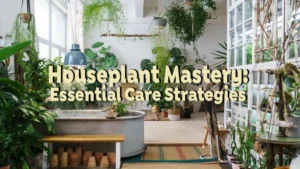




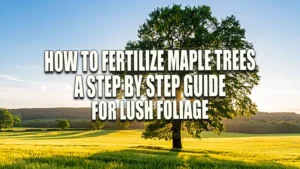
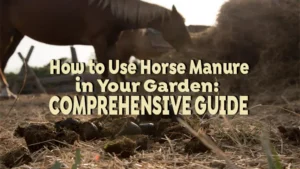
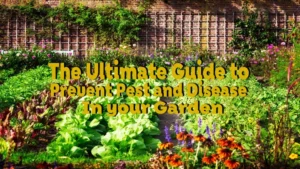

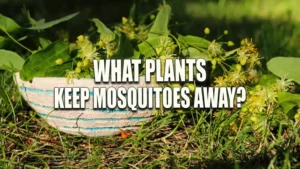
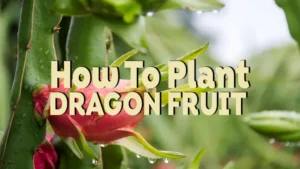

Leave your comment